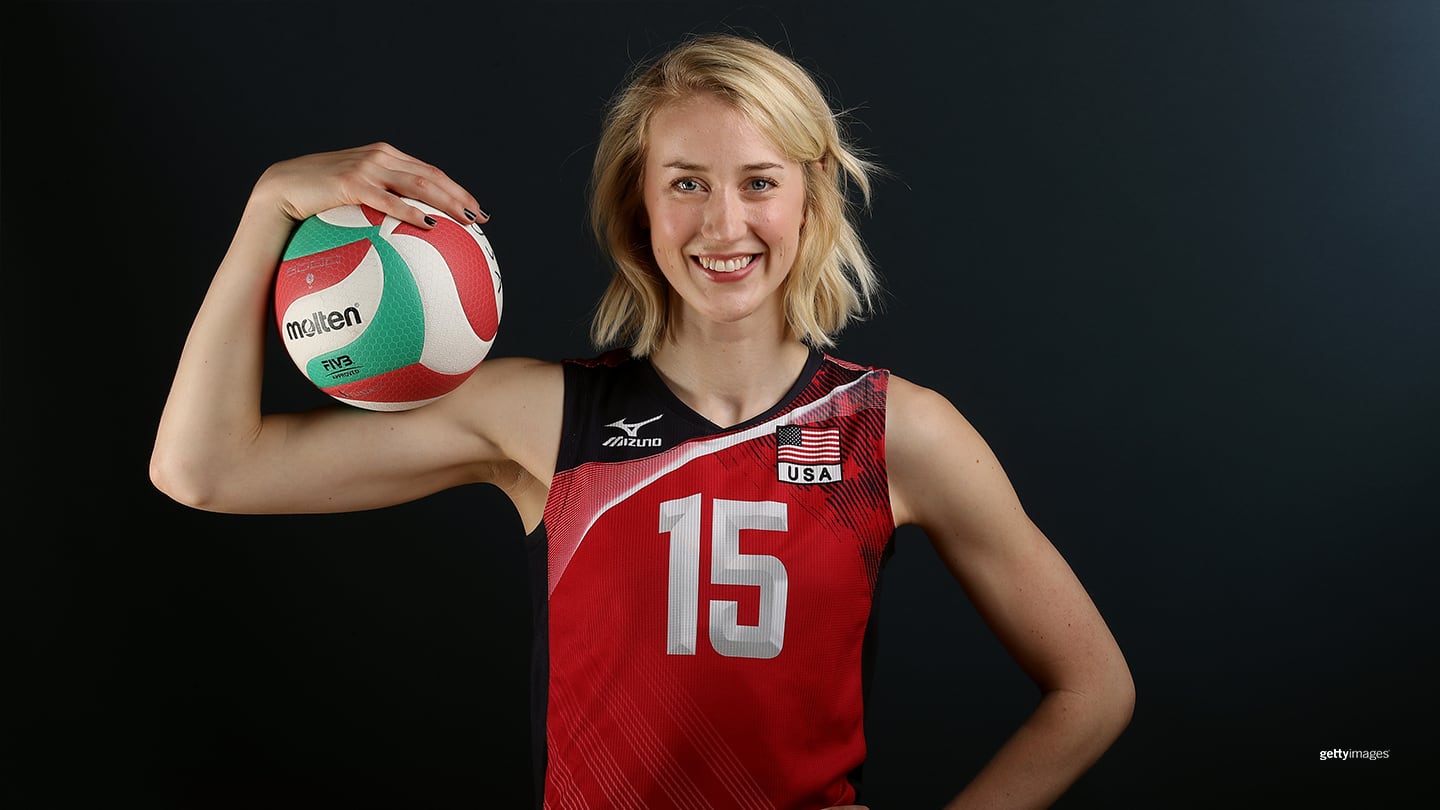Key Strategies and Techniques: Women’s Olympic Volleyball

Olympic volleyball, particularly in the women’s division, is a captivating blend of athleticism, strategy, and teamwork. Teams employ diverse strategies and techniques to outmaneuver their opponents and secure victory. The success of a team depends on its ability to effectively implement these strategies and adapt to the ever-changing dynamics of the game.
Offensive Formations
Offensive formations are the backbone of any volleyball team’s strategy. These formations dictate player positioning, responsibilities, and attack patterns. Teams utilize a variety of formations, each with its own strengths and weaknesses.
- 4-2 Formation: This classic formation features four hitters and two setters. The setters are responsible for setting up the hitters, while the hitters aim to score points by attacking the ball. This formation is known for its versatility and adaptability, allowing for a wide range of attack options.
- 6-2 Formation: This formation utilizes six hitters and two setters. The extra hitters provide additional attacking power and flexibility. This formation is particularly effective against teams with strong blocking, as it offers more options for attacking the ball.
Defensive Strategies, Women’s olympic volleyball
Defensive strategies are crucial for preventing opponents from scoring points. Teams employ a variety of defensive strategies, including:
- Blocking: Blocking involves two or three players jumping at the net to attempt to block the opponent’s attack. Effective blocking requires anticipation, timing, and coordination.
- Digging: Digging involves diving to the ground to save a ball that is about to hit the floor. This requires quick reflexes, agility, and the ability to react quickly to the opponent’s attacks.
- Liberos: Liberos are specialized defensive players who are responsible for playing in the back row. They are not allowed to attack the ball above the net, but they are highly skilled at digging and passing. Their primary role is to prevent the ball from hitting the floor and to set up their teammates for attacks.
Teamwork and Communication
Volleyball is a team sport that requires seamless communication and coordination. Teams that excel in this area have a distinct advantage.
- Effective Communication: Players must communicate effectively to anticipate each other’s movements, cover gaps in the defense, and execute plays smoothly. This includes verbal communication, hand signals, and nonverbal cues.
- Team Chemistry: A strong team chemistry fosters trust, respect, and a shared understanding of the game. This allows players to work together seamlessly and overcome challenges as a unit.
Individual Skills
Individual skills are essential for success in volleyball. Players must possess a range of skills to contribute effectively to their team’s success.
- Serving: Serving is the first point of contact with the ball and is an important opportunity to gain an advantage. Effective serving requires accuracy, power, and consistency.
- Passing: Passing is the foundation of volleyball, as it allows the team to control the ball and set up attacks. Effective passing requires precision, control, and the ability to anticipate the opponent’s attacks.
- Setting: Setting involves placing the ball in a position where hitters can attack it effectively. Effective setting requires accuracy, timing, and the ability to read the opponent’s defense.
- Hitting: Hitting is the primary offensive skill in volleyball. Effective hitting requires power, accuracy, and the ability to outsmart the opponent’s defense.
Playing Styles
Different teams employ different playing styles based on their strengths and weaknesses.
- Power-based Teams: These teams rely on strong hitters and aggressive attacks. They often utilize a 6-2 formation to maximize their offensive power.
- Defensive-minded Teams: These teams prioritize strong defense and rely on disciplined play to frustrate their opponents. They often employ a 4-2 formation and focus on blocking and digging.
- Hybrid Teams: These teams combine elements of both power and defense. They have strong hitters, but they also prioritize strong defense and communication. This flexibility allows them to adapt to different opponents and game situations.
Women’s Olympic volleyball is a thrilling spectacle of athleticism and strategy, where every spike and block can shift the momentum of the game. But even the most intense matches can’t compare to the sheer drama of watching a chair with mismatched leg socks try to navigate a hardwood floor.
For those who want to avoid such sartorial disasters, table and chair leg socks are a must-have. After all, a smooth and stylish floor is just as crucial for a great volleyball game as a well-timed serve.
Women’s Olympic volleyball is a spectacle of athleticism and strategy, where every spike and block tells a story. The United States has consistently been a force to be reckoned with in this sport, boasting a legacy of excellence that shines brightly on the international stage.
For a glimpse into the remarkable journey of the US women’s volleyball team, us women’s volleyball olympics , and prepare to be amazed by their unwavering dedication and incredible skills. The passion and talent displayed in women’s Olympic volleyball inspire athletes and spectators alike, reminding us that true competition knows no boundaries.
